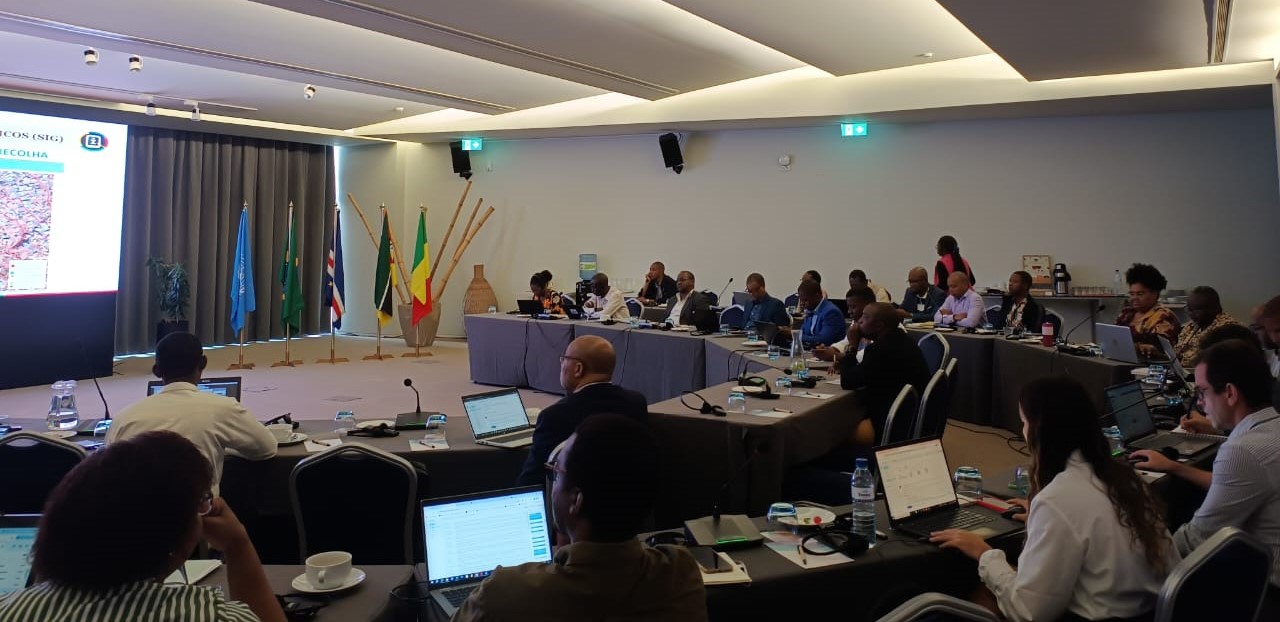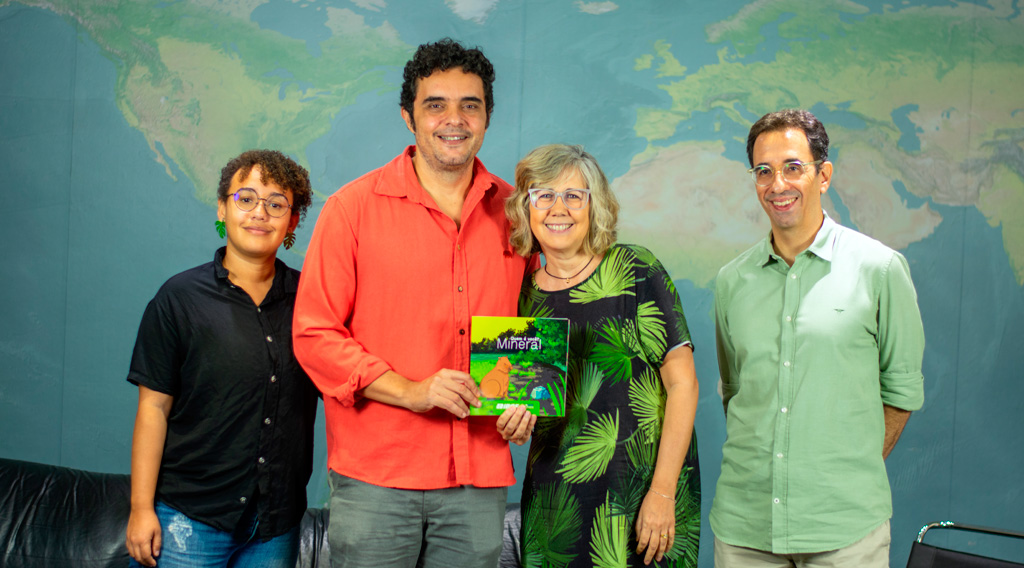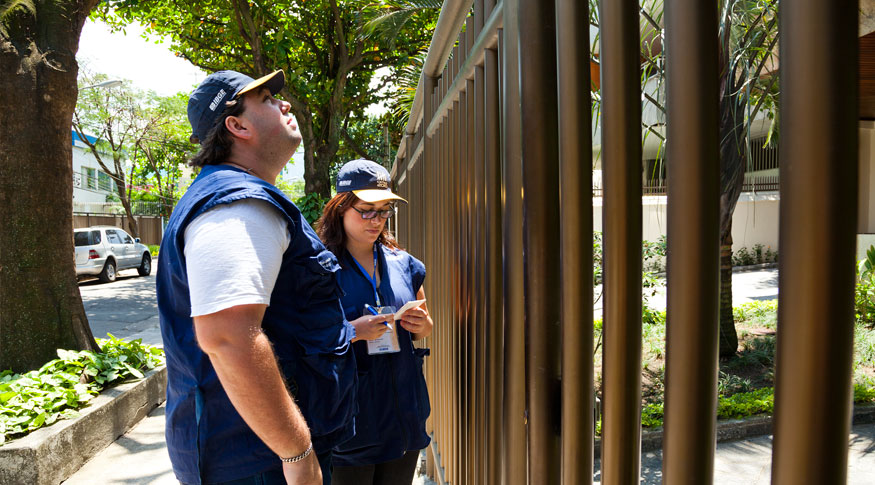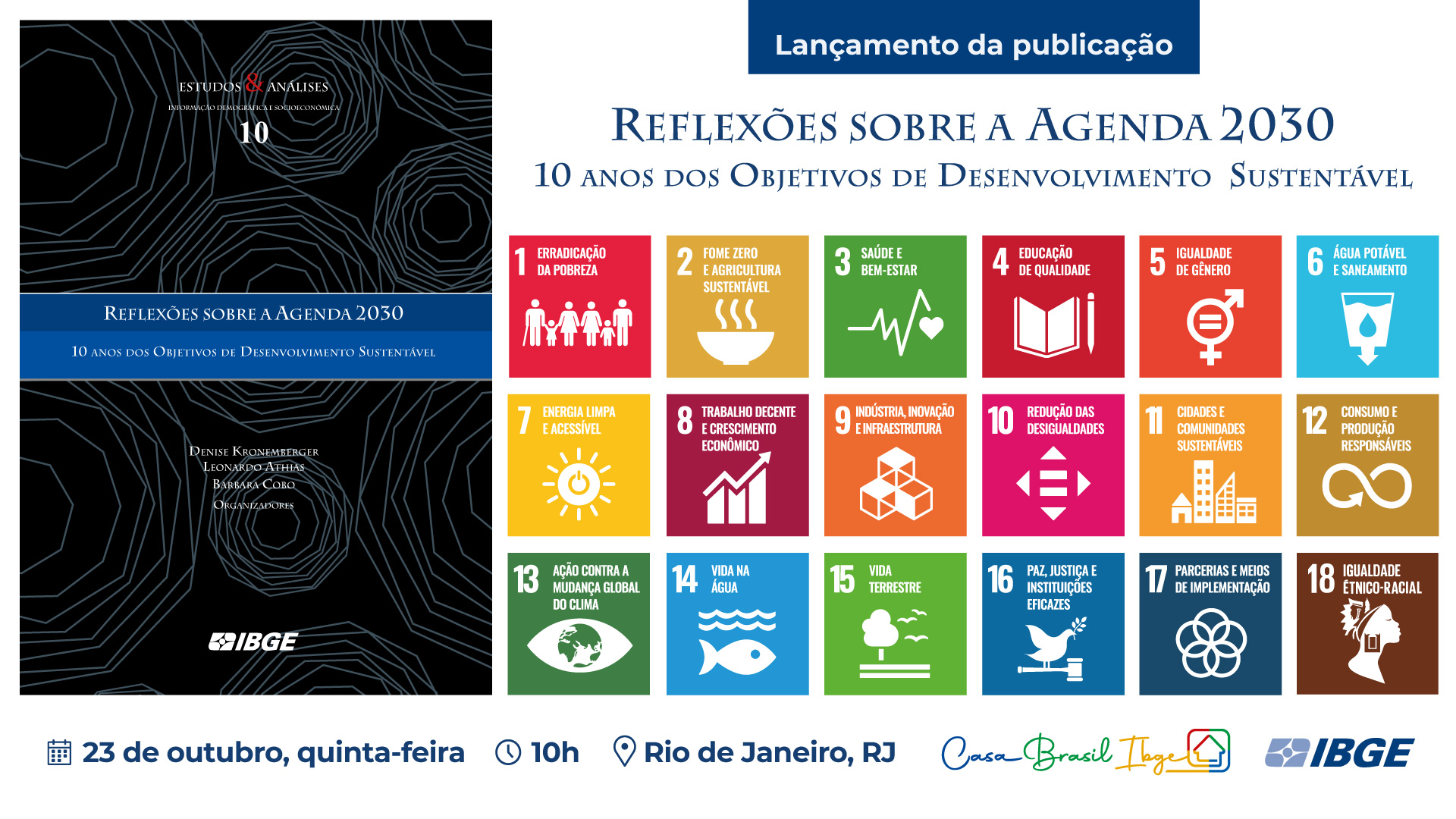Agricultural production
Second prognosis forecasts a 3.2% reduction in the 2024 crop compared to 2023
December 07, 2023 09h00 AM | Last Updated: December 11, 2023 06h12 PM
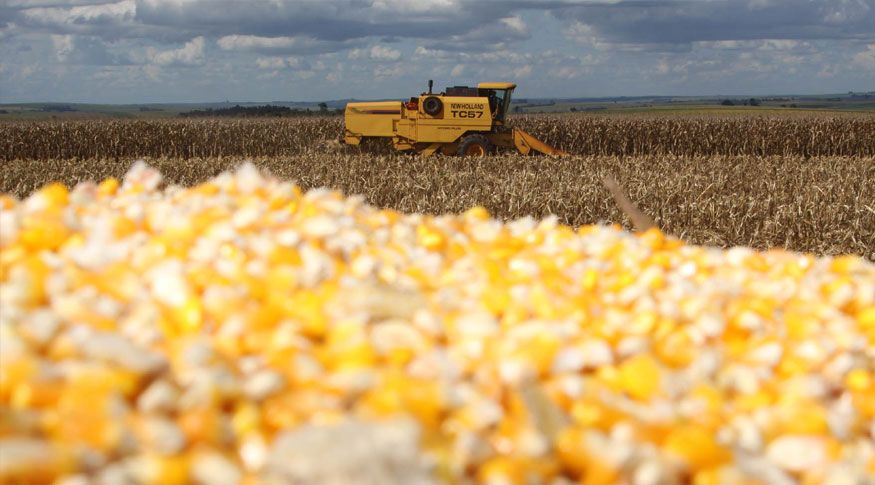
According to the second prognosis of the Systematic Survey of Agricultural Production (LSPA), released today (7) by the IBGE, the Brazilian crop of grains, cereals and legumes should total 306.2 million tonnes in 2024. This production represents declines of 0.7% compared to the first estimate made in October, and 3.2% (or 10.1 million tonnes) compared to the 2023 crop.
The drop in production can be attributed mainly to the reduction in the production of corn 2nd crop (-12.8% or -13,168,154 t), sorghum (-10.9% or -467,621 t) and upland cotton seed (-4.4% or -208,433 t). In relation to the estimated area, paddy rice (4.6%), beans (5.3%), soybeans (0.1%) and corn 1st crop (0.1%) show positive changes. On the other hand, sorghum (-1.8%), wheat (-0.3%), corn 2nd crop (-4.4%) and upland cotton seed (-0.4%) showed negative changes.
“Corn, sorghum and cotton are mostly grown in the second crop, which is planted after the first crop. The planting of the first crop was delayed due to the lack of rain in some states, such as Mato Grosso. In the South, on the other hand, it rained a lot, also making planting difficult. Therefore, there may be a delay in harvesting this crop, causing the ‘planting window’ for the second crop to be reduced, which reduces also its security in terms of weather. The second crop is also known as the dry crop”, explains Carlos Barradas, LSPA manager.
Rio Grande do Sul is the only state with an expected increase in 2024 crops
Agricultural production in 2024 is expected to grow only in Rio Grande do Sul (41.2%). Drops are expected in Mato Grosso (-14.6%), in Paraná (-1.4%), in Goiás (-4.5%), in Mato Grosso do Sul (-7.4%), in Minas Gerais (-4.5%), in Santa Catarina (-1.9%), in Tocantins (-6.4%), in Rondônia (-10.3%), in São Paulo (-3.2%), in Bahia (-2.9%), in Maranhão (-1.3%), in Piauí (-3.9%), in Pará (-5.9%) and in Sergipe (-7.0%).
“In 2023 the soybean crop in Rio Grande do Sul was greatly affected by the lack of rain. In 2024 the scenario is the opposite, so there should be a recovery. In the case of Mato Grosso, as soybean planting was not carried out at the ideal time, the estimated production of the product also fell”, adds Carlos Barradas.
Estimate for 2023 crop is 20.2% higher than that of 2022
The survey also brings the November estimate for the 2023 crop of cereals, legumes and oilseeds, which reached 316.3 million tonnes, 20.2% higher than that obtained in 2022 (263.2 million tonnes), growth of 53.1 million tonnes. Compared to October, there was a reduction of 995.3 thousand tonnes (-0.3%). The area to be harvested was 77.8 million hectares, showing growth of 6.3% compared to the area harvested in 2022, an increase of 4.6 million hectares. Compared to the previous month, the area to be harvested showed a decrease of 192,633 hectares (-0.2%).
Rice, corn and soybeans are the three main products in this group, which, together, represent 92.6% of the estimated production and account for 87.0% of the area to be harvested. In relation to the previous year, there were increases of 4.3% in the corn area (2.0% decline in corn 1st crop and 6.4% growth in corn 2nd crop), 7.1% in upland cotton seed, 26.9% in sorghum, 8.8% in wheat and 8.0% in soybeans, with decreases of 8.2% in the rice area and 7.0% in that of the beans.
As for production, there were increases of 26.9% for soybeans, 14.4% for upland cotton seed, 49.9% for sorghum, 18.9% for corn, with increases of 9.2% for corn 1st crop and 21.9% in corn 2nd crop, while for paddy rice and wheat, there were decreases of 3.9% and 11.3%, respectively.
The production estimate for soybeans was 151.7 million tonnes. For corn, the forecast was 131.0 million tonnes (27.8 million tonnes of corn 1st crop and 103.3 million tonnes of corn 2nd crop). Rice production was estimated at 10.2 million tonnes; that of wheat at 8.9 million tonnes; that of upland cotton seed at 7.7 million tonnes; and sorghum, at 4.3 million tonnes.
About LSPA
Implemented in November 1972 with the purpose of meeting users' demands for monthly cyclical statistical information, the Systematic Survey of Agricultural Production – LSPA provides estimates of planted area, harvested area, quantity produced and average yield of selected products based on criteria of economic and social importance for the country. It allows not only the monitoring of each crop investigated, from the planting intention phase until the end of the harvest, in the reference calendar year, but also the forecast of the following year's crop, for which the survey is carried out in the months of October, November and December. LSPA is available at SIDRA database. The next LSPA result will be on January 10th.







